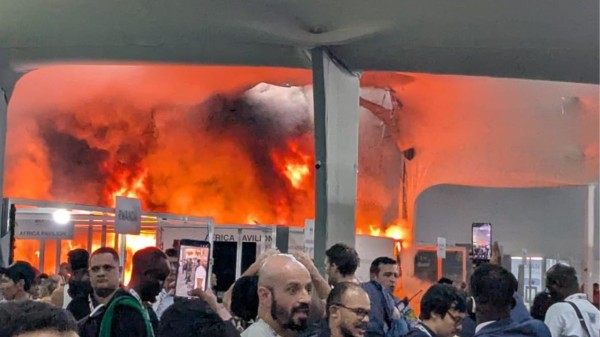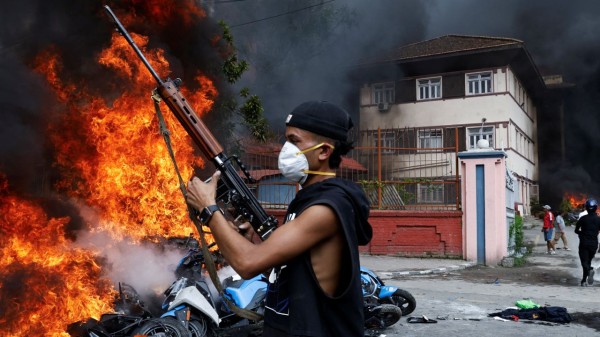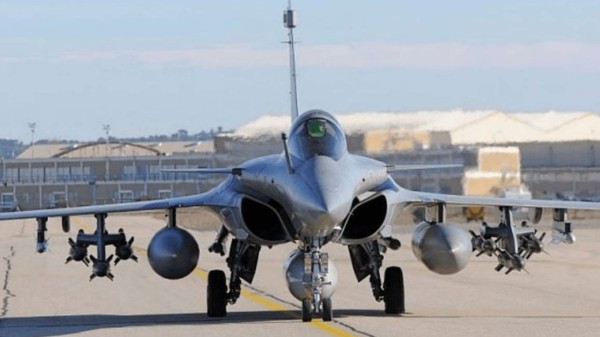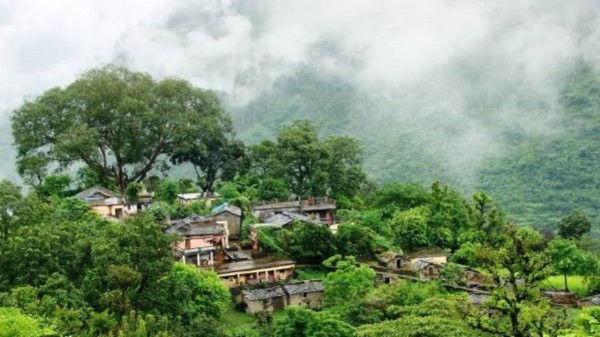

By signing in or creating an account, you agree with Associated Broadcasting Company's Terms & Conditions and Privacy Policy.


By signing in or creating an account, you agree with Associated Broadcasting Company's Terms & Conditions and Privacy Policy.
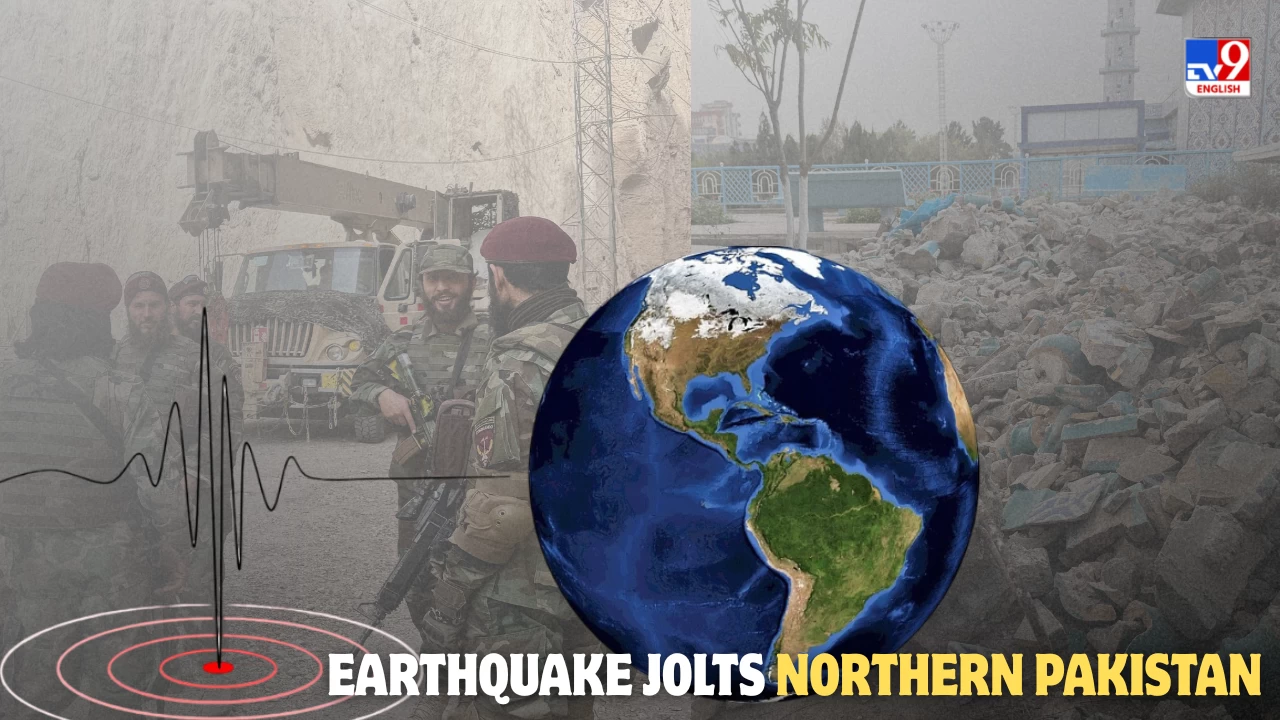
An earthquake measuring 5.2 on the Richter scale rattled northern Pakistan in the early hours of Friday, November 21, according to data released by the National Centre for Seismology (NCS). The tremors struck at around 3.09 M IST (2.39 AM local time), briefly shaking several towns and villages across the country’s northern belt.
The NCS placed the epicentre at 36.12°N and 71.51°E, at a depth of 135 kilometres. The coordinates point to a remote, mountainous stretch near the Pakistan–Afghanistan border, a region long recognised for persistent seismic turbulence.
Although the quake registered as moderate, its depth indicates that strong surface-level shaking was unlikely. Experts explain that deeper earthquakes tend to lose energy before reaching the ground, unlike shallow ones that can inflict severe damage in a short span.
As of now, authorities have not confirmed any casualties or significant structural harm, and assessments are still under way.
Pakistan sits astride one of the globe’s most active tectonic collision zones, where the Indian and Eurasian plates meet. This immense geological pressure continues to thrust up the Himalayas and routinely triggers earthquakes across Pakistan, Afghanistan and northern India.
Provinces such as Balochistan, Khyber Pakhtunkhwa and Gilgit-Baltistan lie closest to the fault lines and frequently experience moderate to strong tremors. Sindh and Punjab, positioned further from the plate boundary, also face seismic threats, though typically with less intensity.
Balochistan, straddling the divide between the Arabian and Eurasian plates, remains among the most high-risk areas in the region. Communities in Khyber and Gilgit-Baltistan are similarly vulnerable due to complex fault systems running deep beneath the Hindu Kush and Karakoram ranges.
Densely populated urban centres across these provinces face compounded risks, with ageing infrastructure, fragile buildings and limited preparedness often amplifying the impact of even moderate quakes.
